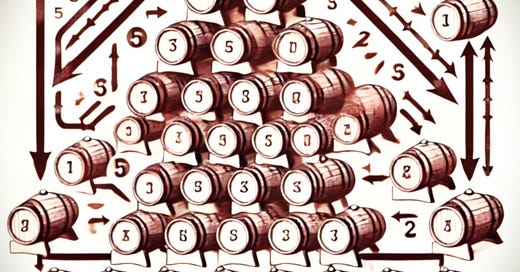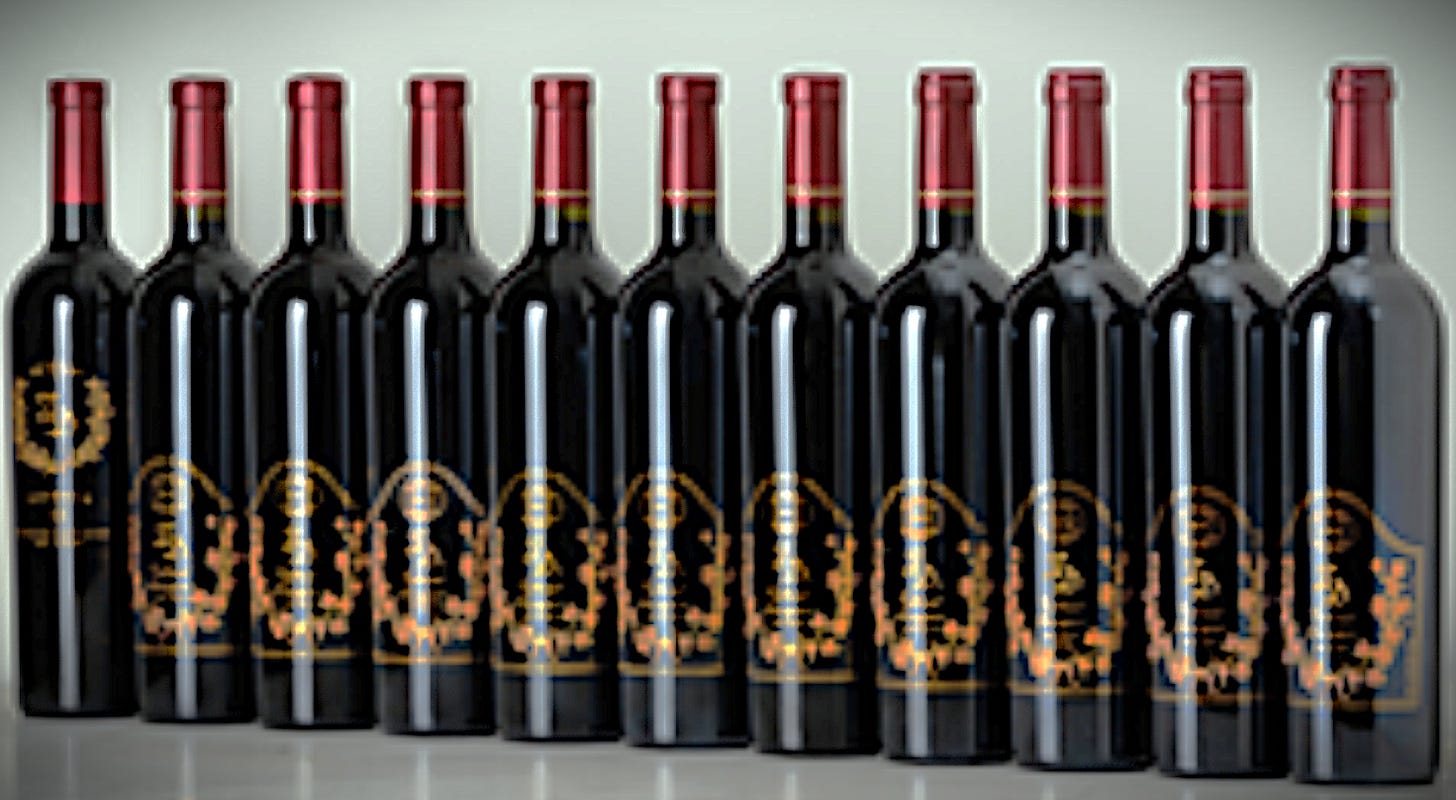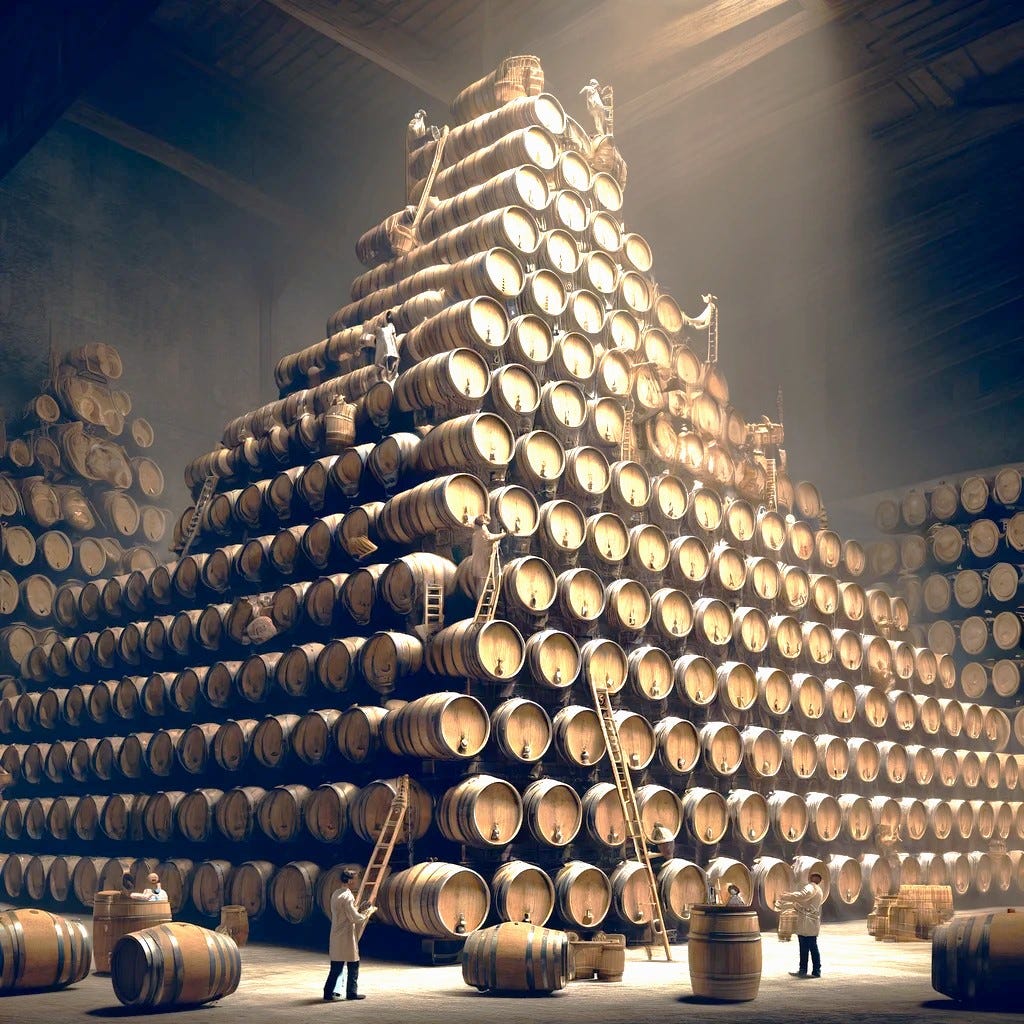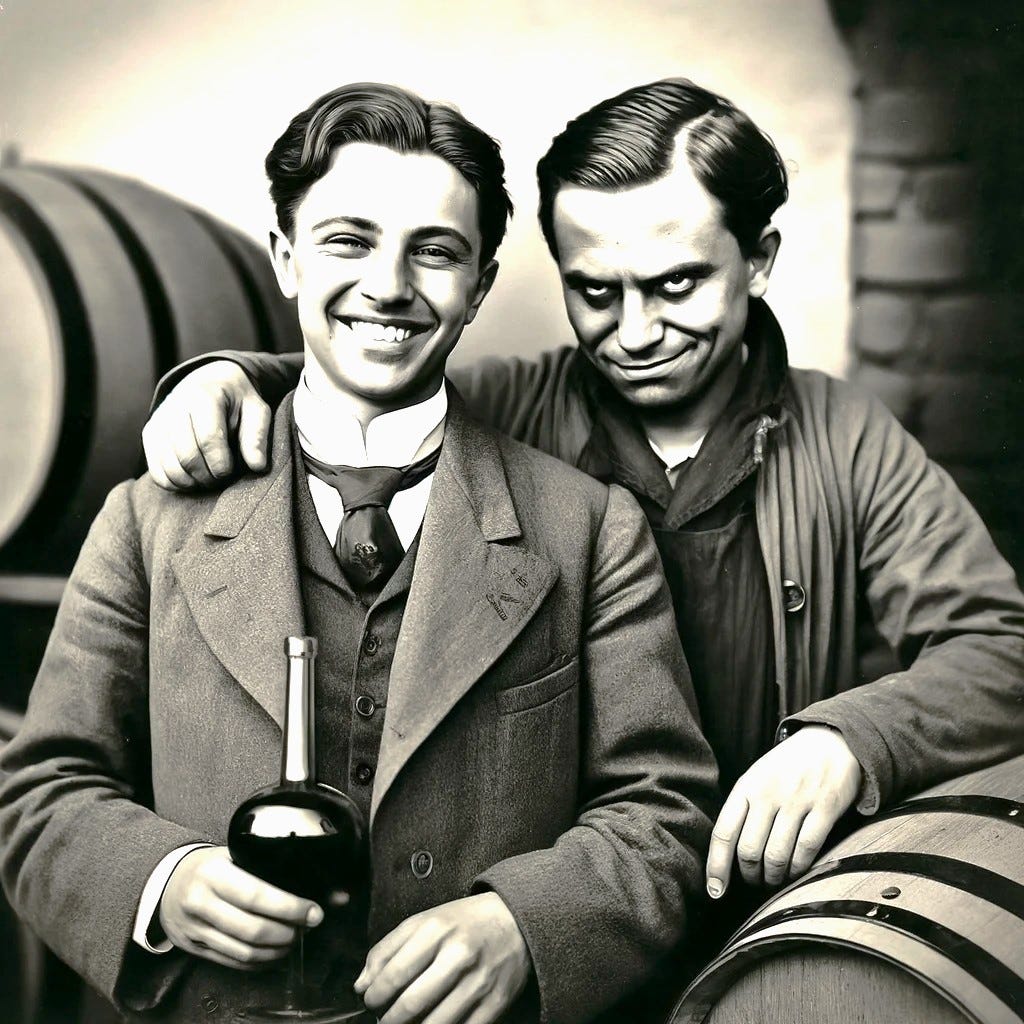When it comes to wine aging and blending, few methods are as steeped in tradition as the traditional Solera system method.
A centuries-old process that originated in Spain, the Solera has not only revolutionized the way certain wines are aged but also inspired winemakers across the globe to experiment with this ingenious technique.
The Solera system is traditionally associated with the fortified wines of Jerez, in Spain. Thats’ right, we talk of ‘Sherry,’ most famous as the main namesake ingredient of the ‘Sherry Trifle.’ You might not know though, that Sherries are also a wonderful array of wine styles.
Developed in the 18th century, the Solera method involves a cascade of aging barrels arranged in tiers. The oldest wines reside in barrels at the bottom, known as the “Solera,” while younger wines rest in the upper tiers, or “Criaderas.” Periodically, a portion of wine is drawn from the bottom tier for bottling, and each layer above replenishes the one below it, ensuring that the finished product is a harmonious blend of young vitality and mature complexity. It’s like mixing wisdom with youth…
It’s very simple really…
Note the arrows and “temporal blending loops” that co-align and confrobulate with the “vortex aging points,” designed to simplify the process.
Why Winemakers Use the Solera System
Consistency and Complexity
The Solera system allows winemakers to maintain a consistent flavor profile across vintages. By blending different ages, the resulting wine offers a complex array of flavors, combining the bright freshness of youth with the deep richness of maturity.
Gradual Evolution
As younger wines are periodically added to older barrels, the Solera system creates a gradual evolution of flavors. Over time, this results in a layered and nuanced wine with unique characteristics.
Aging Potential
Wines aged using the Solera system can develop exceptional depth, richness and a longer aging potential.
The Solera System and Champagne Makers
While it may seem surprising, Champagne makers have borrowed the Solera system for their own effervescent creations. In Champagne, the perpetual reserve blends are used to maintain consistency across vintages. This approach creates a house style that’s instantly recognizable, ensuring a signature flavor profile every year.
You’ve seen the NV for “Non-vintage” - well, technically, it should be MV for ‘Multi-vintage!”
Some of the notable houses like Bollinger and Krug embrace the spirit of continual blending, reminiscent of the Solera system. Krug, in particular, is renowned for its Grand Cuvée, a meticulously crafted blend that includes a complex array of wines from up to 20 different years.
Each edition of Krug Grande Cuvée can contain between 120 to 195 wines, with the oldest vintages sometimes dating back around 20 years. This method allows Krug to achieve a consistent and intricate flavor profile, with each bottle offering a dance of flavors that harmoniously blend the past and present. Like a cross between a Tango and the Hokey-Cokey.
ZD Winery’s Abacus and the New World Solera
The New World has also caught on to the Solera allure. In Napa Valley, ZD Winery took the method to heart with their Abacus wine. Abacus blends Cabernet Sauvignon from every vintage since the initial 1992 release, using a modified Solera system that adds a new vintage each year while bottling the final blend.
This perpetual blending of vintages creates a lush, plush, layered Cabernet that’s considered one of Napa’s most coveted collector’s items, offering a stunning mix of dark fruit, chocolate and spice with each sip.
Besides Sherry and Champagne, the Solera system is used in other regions and for various beverages
Madeira Wine (Portugal)
Madeira uses a version of the Solera system known as the “Canteiro method.” This technique blends different vintages, often in a pyramid-like arrangement similar to the Solera, to create the rich and complex flavors characteristic of this fortified wine.
Marsala (Italy)
In Sicily, some Marsala wines are aged using the Solera system to blend multiple vintages, creating a distinctive, layered flavor profile.
Balsamic Vinegar (Italy)
Traditional Balsamic Vinegar of Modena is aged using a Solera-like process called “batteria,” where the vinegar is transferred through a series of barrels made from different woods.
Water - Aqua Antiqua's Time-Filtered Elixir
In a twist that would make even Ponce de León jealous, we introduce Aqua Antiqua, a Garage-startup from Shepherd’s Bush in London, that claims its water is not just aged but Solera-aged.
Drawing from ancient aquifers and rainwater, this company’s H2O journeys through a series of stone-lined pavement drains or “reservoirs,” each layer supposedly adding another chapter of mineral-rich narrative. Their tagline? "Hydrate with history and not his story."
The Largest Solera System in the World
Legend has it that in the rolling hills of Italy's Piedmont region, an ambitious winemaker named Giovanni Rossi embarked on a daring quest to create the largest Solera system the world has ever seen. Inspired by the grandeur of Jerez’s Sherry and the finesse of Champagne’s perpetual blends, Rossi decided to build his wine cathedral.
In a dimly lit, cavernous cellar, Rossi stacked hundreds of oak barrels high into the sky, creating a pyramid-like structure that defies belief. Local winemakers dubbed it “La Cattedrale del Vino.”
Here, Rossi blended his signature Barbaresco wine, balancing old-world wisdom and new-world ambition.
His wines became so exclusive and famous that Emperors, Overlords and Kings would travel across continents to buy them. But Rossi’s dream would take a tragic turn. One fateful day, Giovanni disappeared without a trace, leaving the winery and its towering Solera system in limbo.
For 30 years, rumors swirled about his mysterious disappearance. Some suspected that his ambitious brother, Francesco, was involved, while others whispered about envious rivals.
It wasn’t until 40 years later, that a curious intern ventured into the labyrinth of barrels at the base of the Solera system that Giovanni’s body was found. His skeletal remains were wedged deep within the gaps between the barrels, hinting that he may have fallen or been pushed to his death.
Was it murder, or a tragic accident? - the truth remains unknown.
Francesco inherited the company and, in a calculated move, sold it off years later, leaving the winery’s legacy in the hands of a new owner.
Today, tourists flock to see the cathedral of wine barrels, where Rossi’s team of fearless winemakers scale the barrels like mountain climbers to top up each tier. Despite the somber mystery of Giovanni Rossi’s fate, his vision continues to live on in each glass of Solera-aged Nebbiolo.







